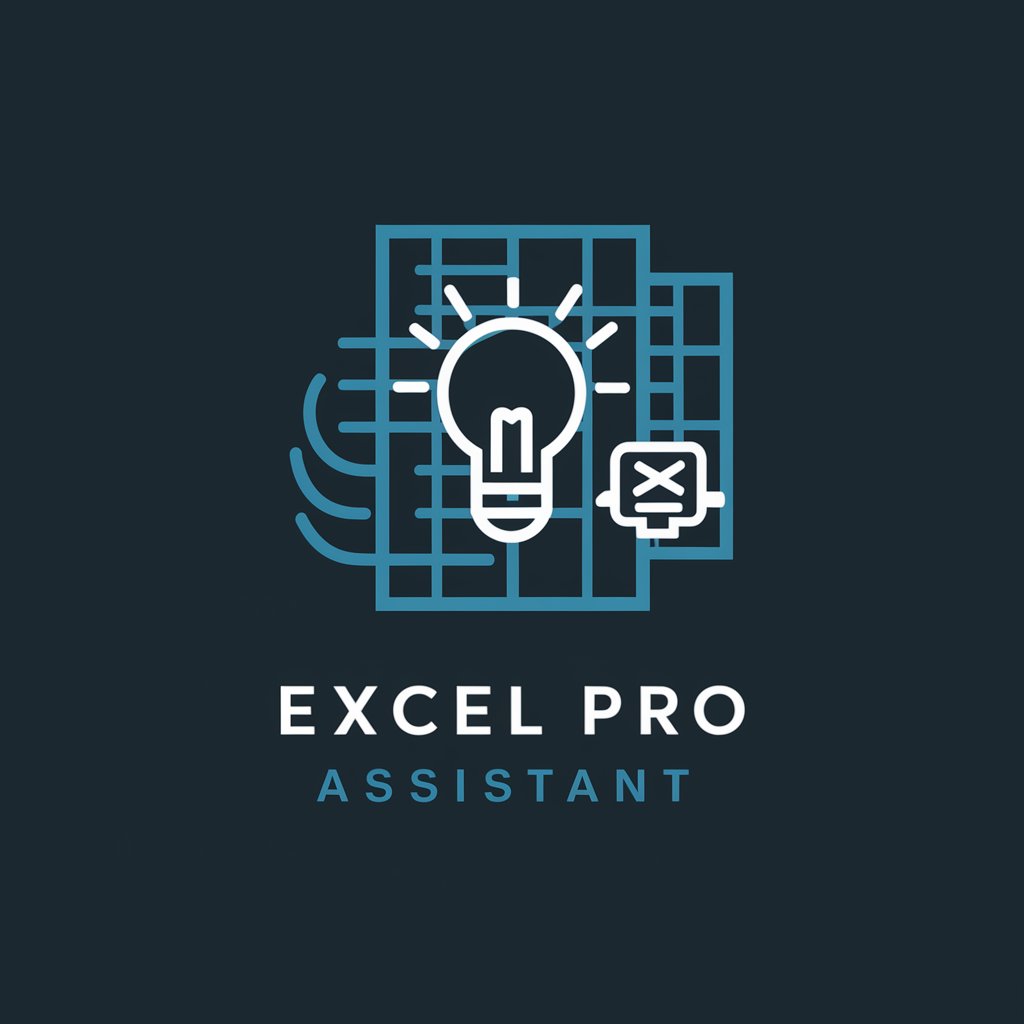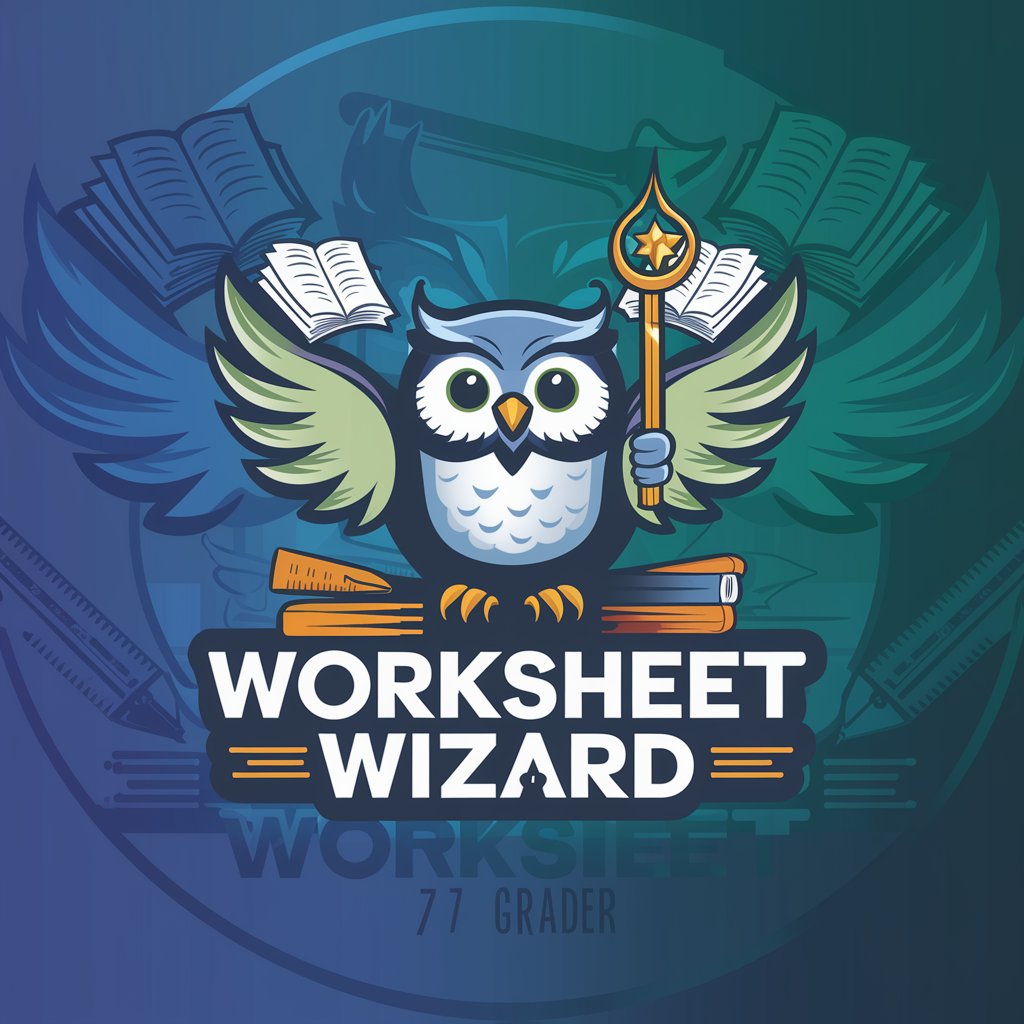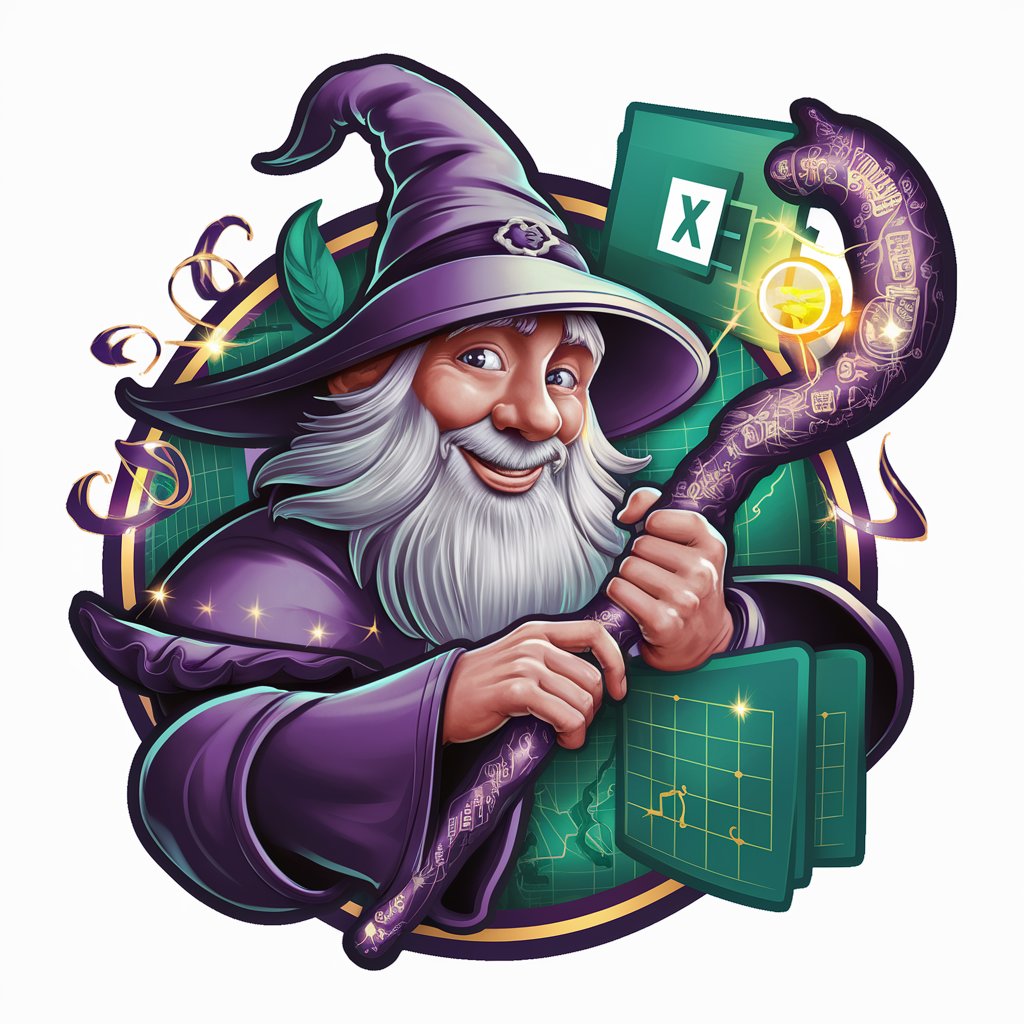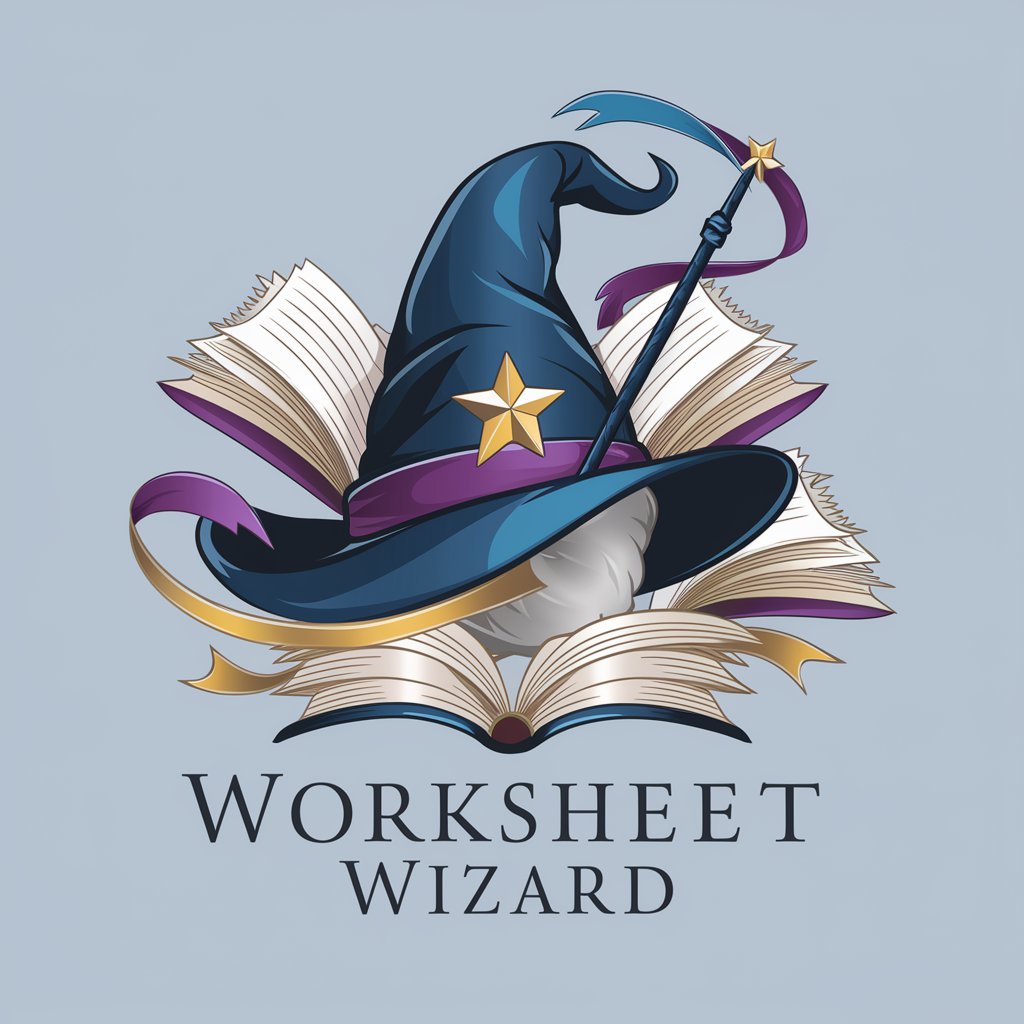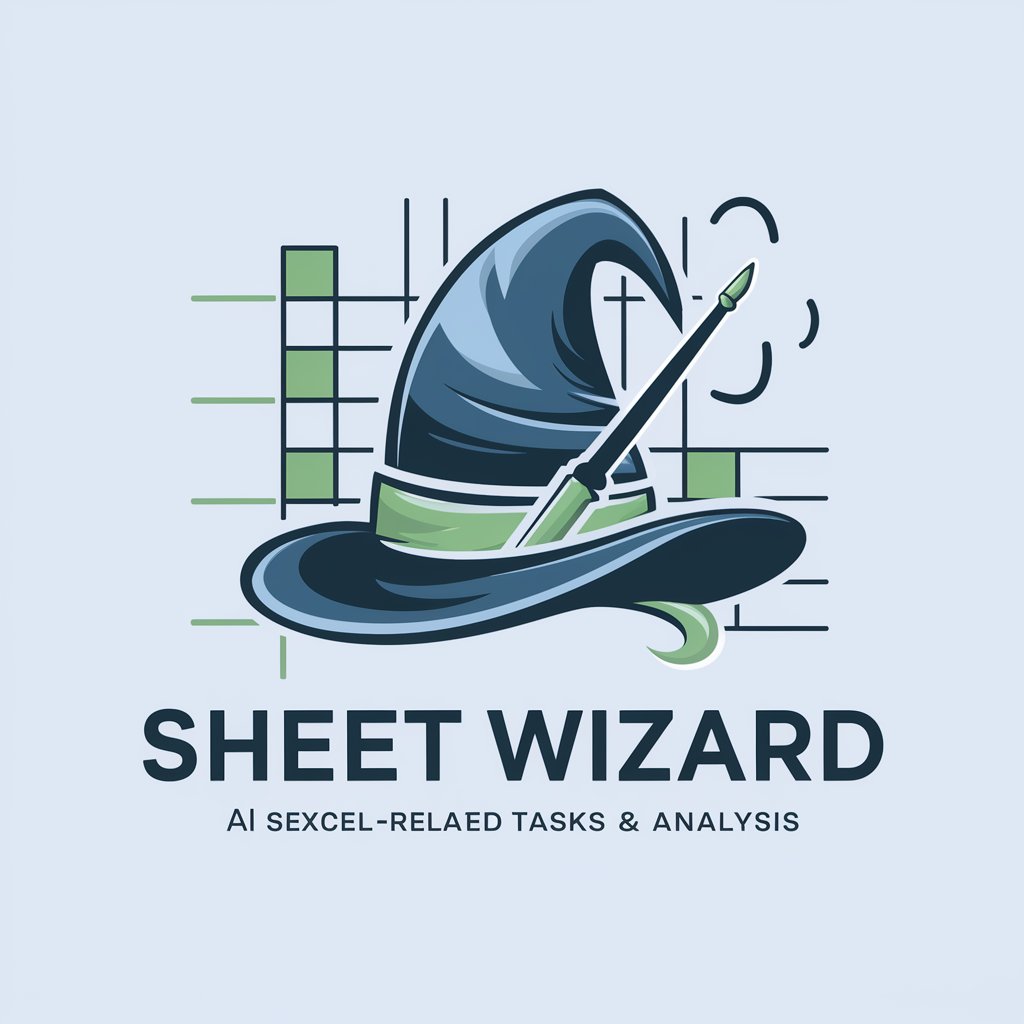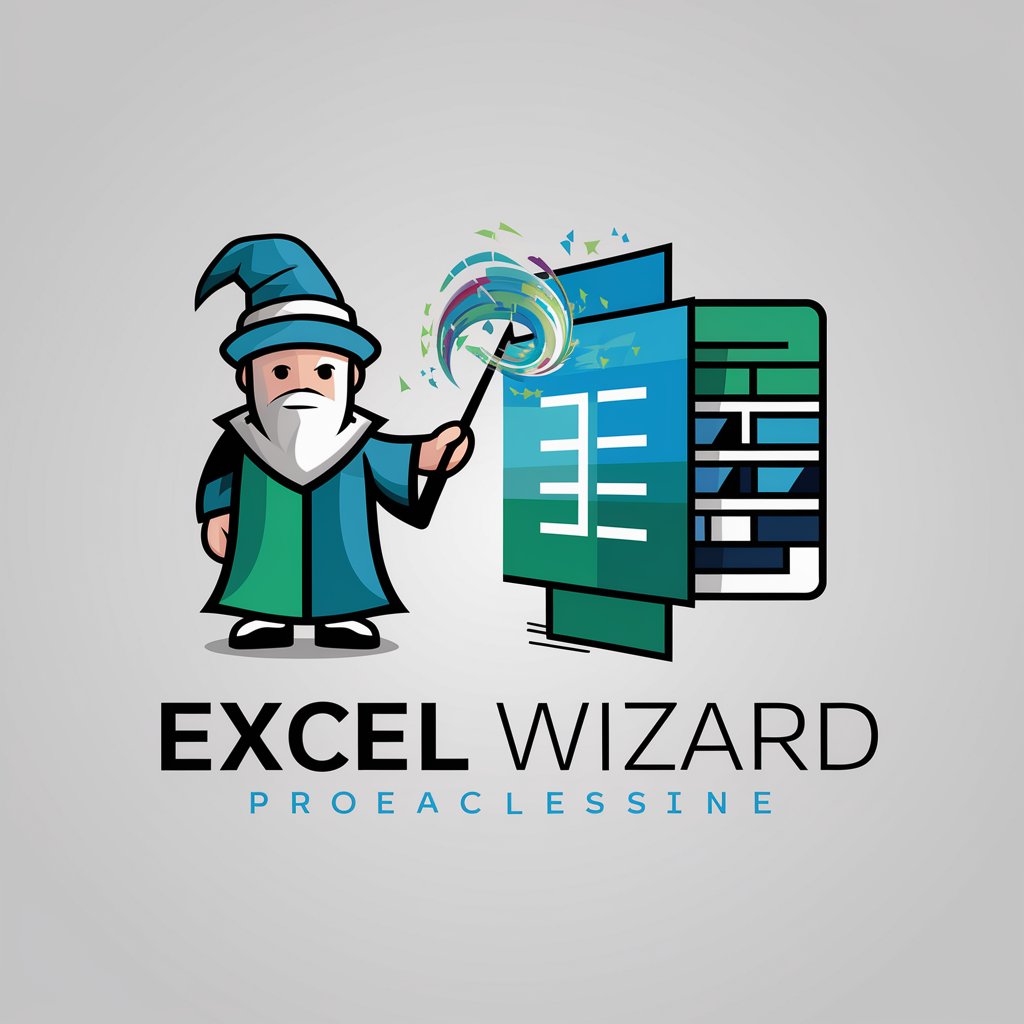
Worksheet Ideas - Inclusive Educational Worksheets
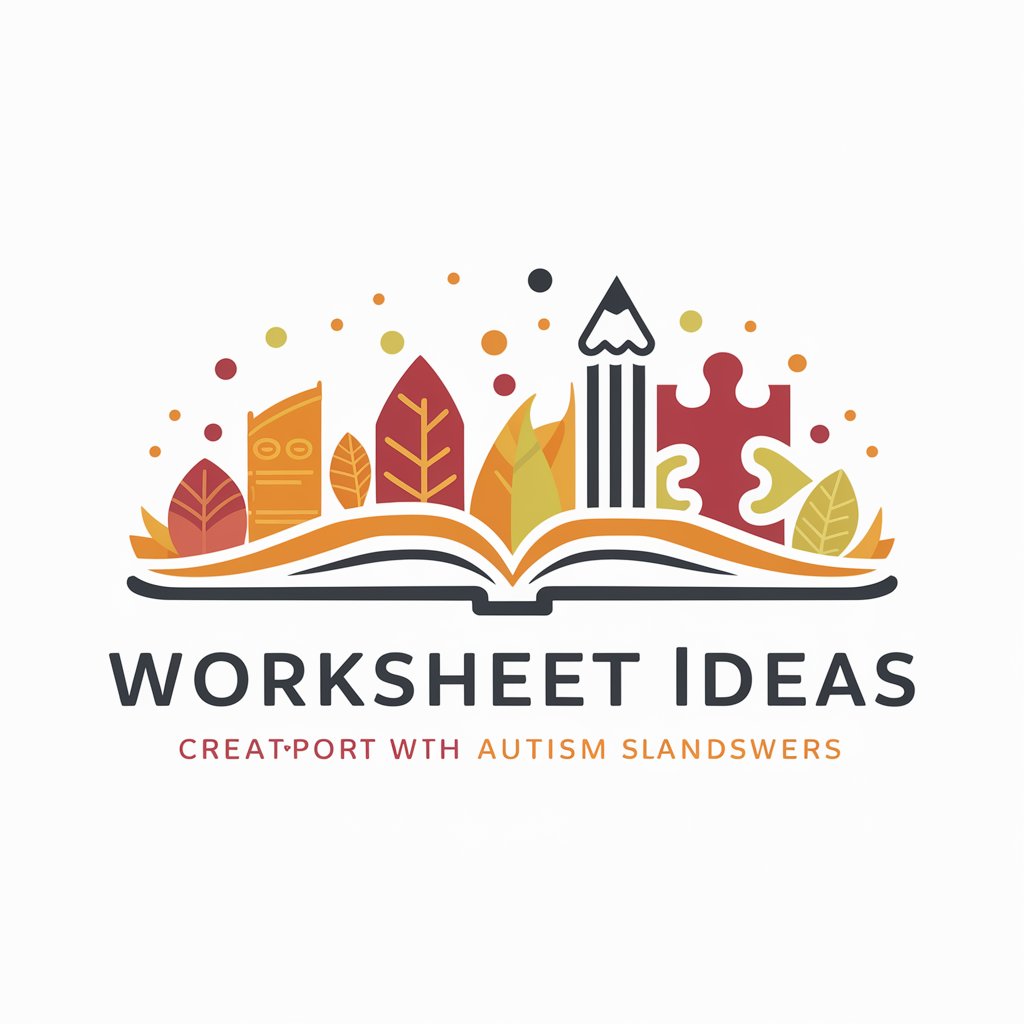
Welcome! Let's create inclusive and engaging worksheets for all learners.
Empowering educators with AI-driven worksheet creation.
Design a math worksheet that includes visual aids to support students with dyslexia.
Create a language arts worksheet that incorporates interactive elements for students with ADHD.
Develop a life skills worksheet that uses step-by-step instructions for students with dyspraxia.
Plan an art activity worksheet that allows for sensory-friendly adaptations for students with Autism Spectrum Disorder.
Get Embed Code
Overview of Worksheet Ideas
Worksheet Ideas is a specialized tool designed to assist educators and facilitators in creating educational worksheets tailored to a wide range of learners, with a particular focus on inclusivity and adaptability. This tool supports the development of materials for subjects like language, math, life skills, and art, ensuring they cater to learners with diverse needs, including Autism Spectrum Disorder, ADHD, dyslexia, dyspraxia, and other learning differences. The core design purpose is to provide guidance on creating engaging, accessible, and technology-integrated worksheets. For example, an educator looking to support students with dyslexia might use Worksheet Ideas to design reading comprehension sheets with dyslexia-friendly fonts and color overlays, enhancing readability and reducing visual stress. Powered by ChatGPT-4o。

Key Functions and Applications
Sensory-Friendly Design Recommendations
Example
Creating worksheets with minimalistic design, avoiding overwhelming graphics and using calming colors.
Scenario
An educator designing worksheets for a classroom with students on the autism spectrum may use these recommendations to reduce sensory overload, facilitating better focus and engagement during learning activities.
Differentiated Activity Suggestions
Example
Providing a range of activity options within a worksheet to cater to different skill levels, from basic matching exercises to complex problem-solving tasks.
Scenario
In a mixed-ability classroom, a teacher can implement these suggestions to challenge gifted learners while supporting those who need more guidance, ensuring that all students can participate meaningfully.
Multilingual and Technology Integration
Example
Incorporating QR codes that link to multilingual support resources or interactive digital platforms.
Scenario
A language teacher working with ESL students might use this function to create worksheets that not only teach English but also provide access to explanations in the students' native languages, enhancing comprehension and engagement.
Target User Groups
Educators and Teachers
Primary and secondary school teachers, special education professionals, and tutors who aim to create customized learning materials that cater to the varying needs of their students, especially those with specific learning differences.
Therapists and Counselors
Professionals working in educational therapy or counseling who require tailored worksheets to support the development of life skills, emotional regulation, and social skills in children and adolescents with additional needs.
Parents and Guardians
Parents or guardians homeschooling their children or looking for supplementary educational materials to support their child's learning at home, particularly for those with learning disabilities or seeking enhanced educational engagement.

How to Utilize Worksheet Ideas
Begin Your Journey
Start by visiting yeschat.ai to explore Worksheet Ideas through a free trial, no login or ChatGPT Plus subscription required.
Identify Your Needs
Evaluate your educational goals and the learning needs of your students, considering factors like age, subject matter, and any special requirements such as learning differences.
Explore Features
Familiarize yourself with the tool's capabilities, including creating multilingual worksheets, integrating technology, and designing for inclusivity and engagement.
Customize and Create
Use the platform to tailor worksheets that align with your educational objectives, leveraging built-in templates and customization options for a personalized approach.
Feedback and Iterate
After using the worksheets in your educational setting, gather feedback from learners and adjust your materials accordingly to enhance their effectiveness and engagement.
Try other advanced and practical GPTs
AI Gift Postcard Generator
Craft personalized greetings with AI magic
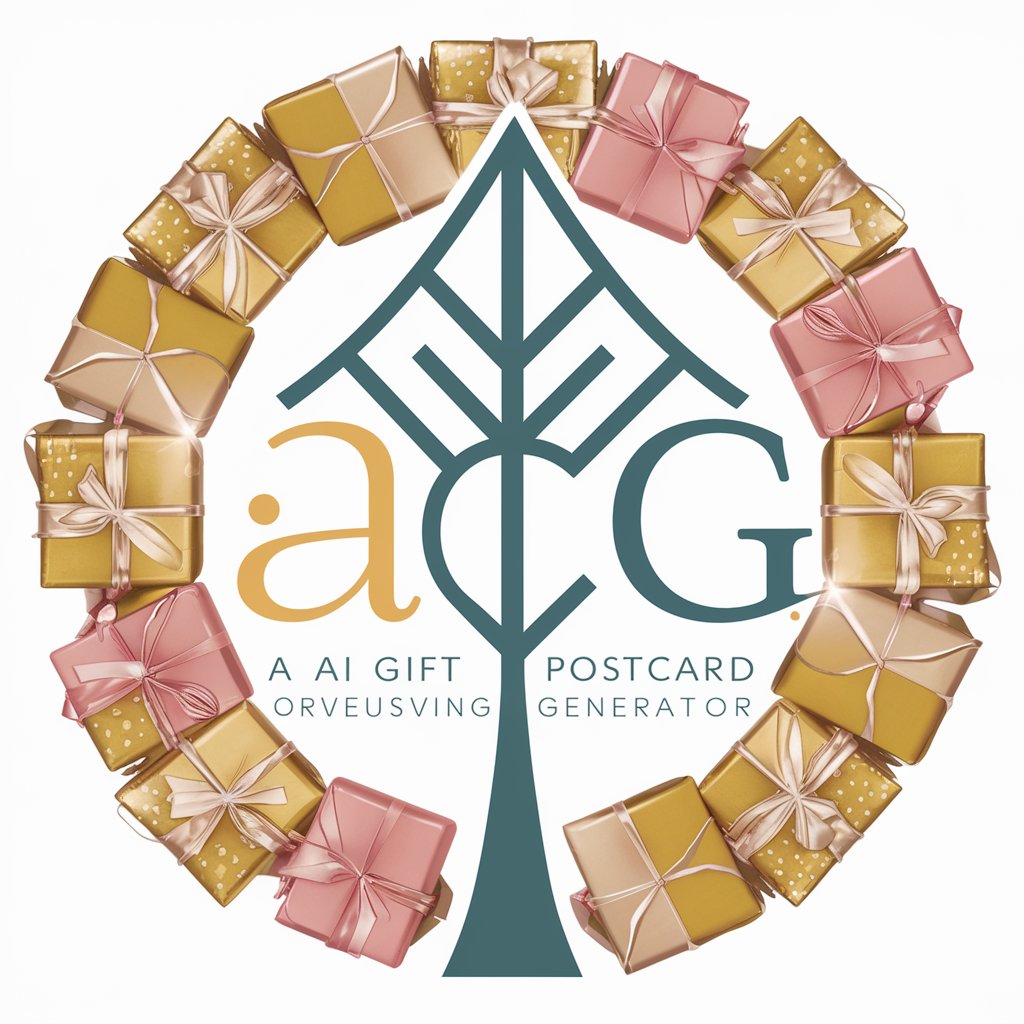
JSON Format
Streamline your JSON with AI power
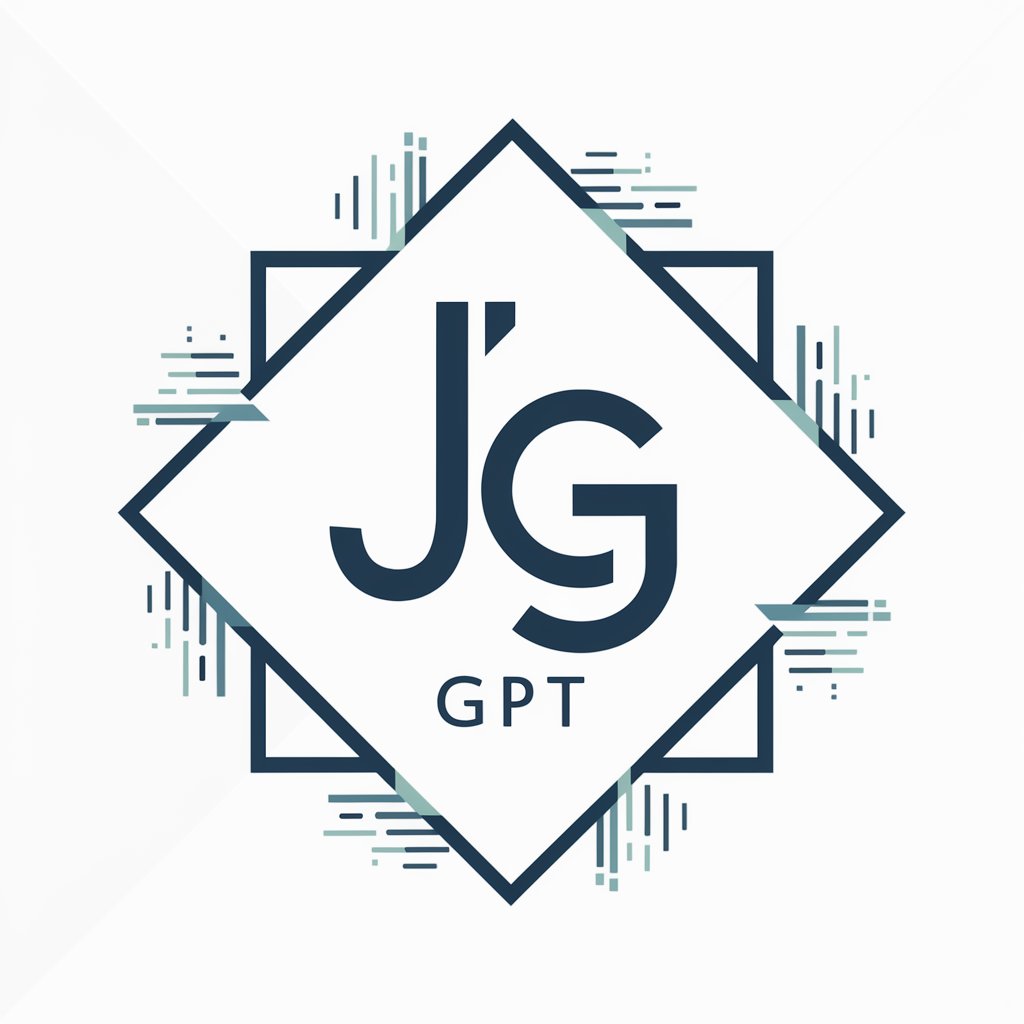
Tuteur Personnel en Néerlandais
AI-powered Dutch Language Tutoring
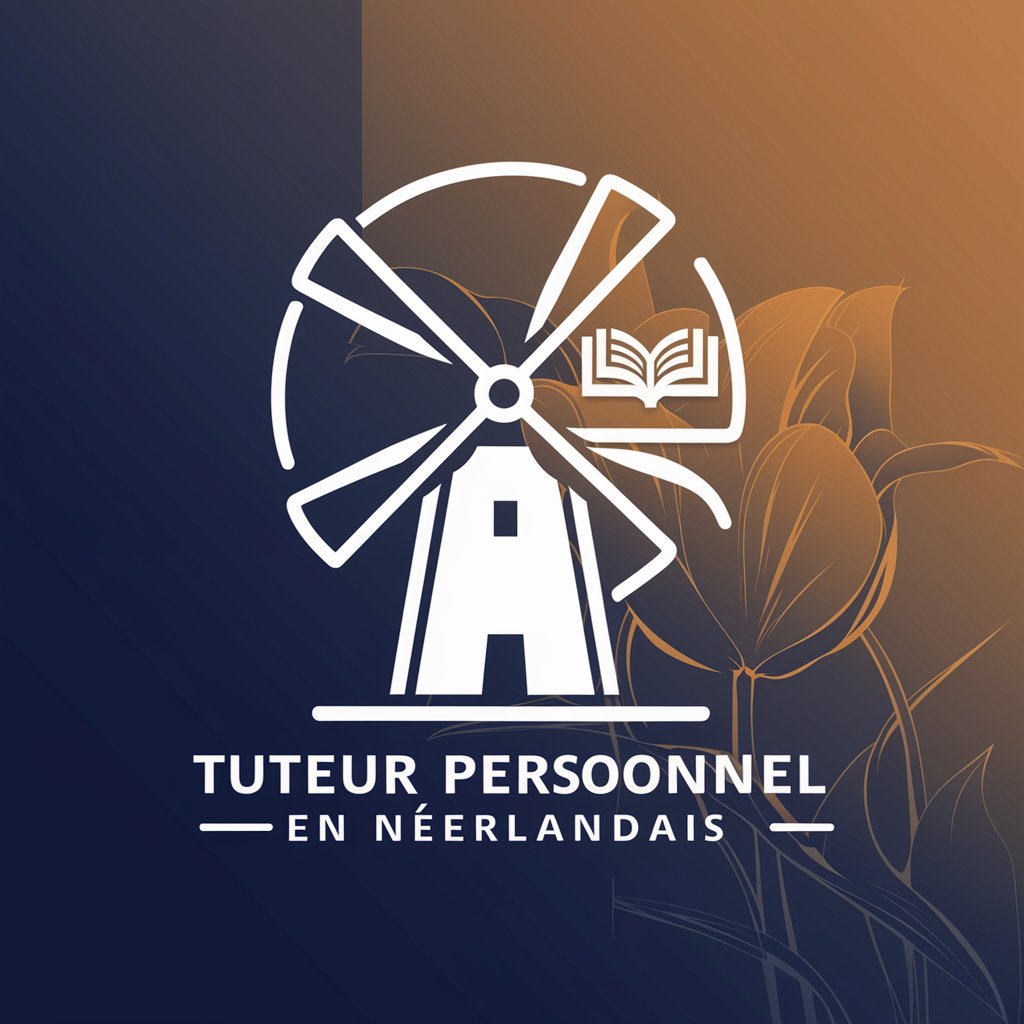
NJ Real Estate Agent
Empowering real estate decisions with AI

Date Ideas for Tonight
Spark romance with AI-driven date suggestions.

HealthTech Strategy Advisor
Innovating health tech with AI-powered strategies

Yearly Blessings Writer and Artist
Crafting AI-powered Personalized Greetings
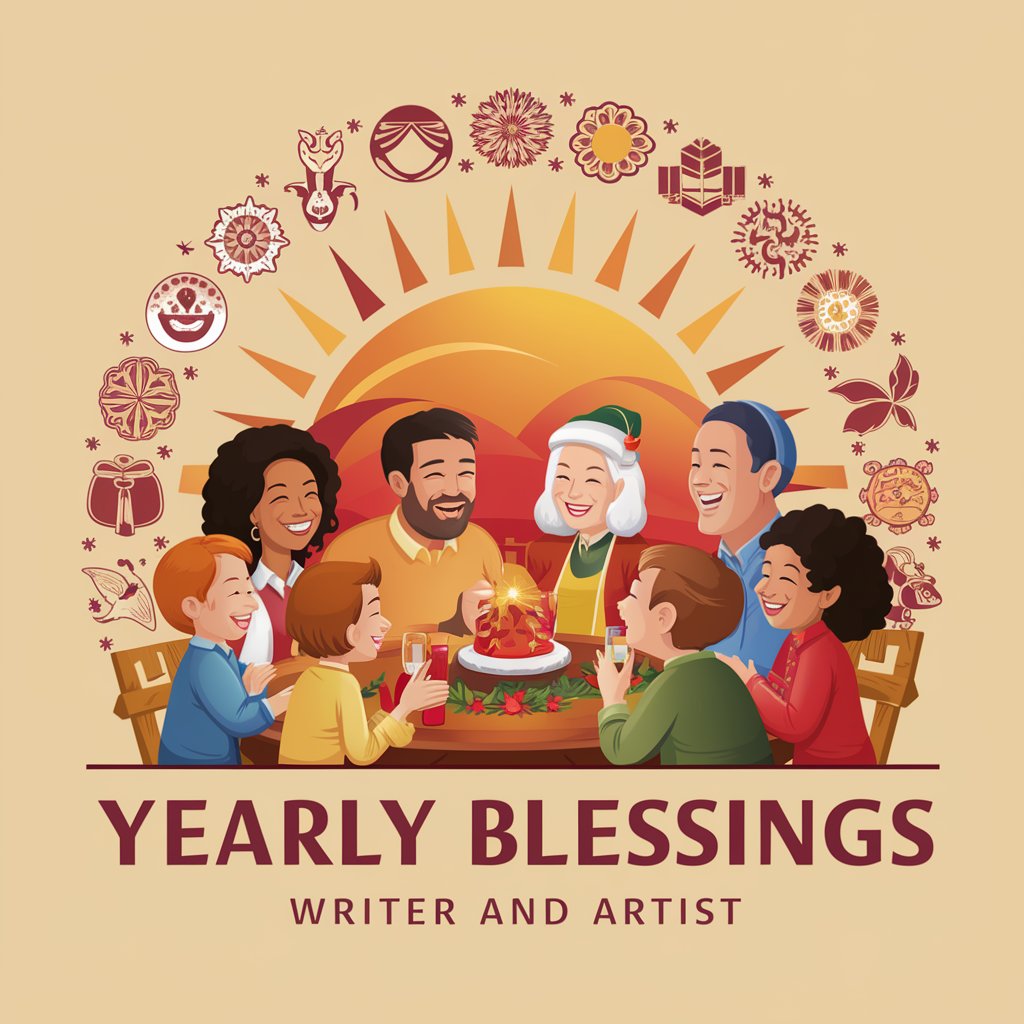
Halal Guide in The World
Discover Halal, Dine with Peace

Gerador De Artigos
Craft Your Content with AI
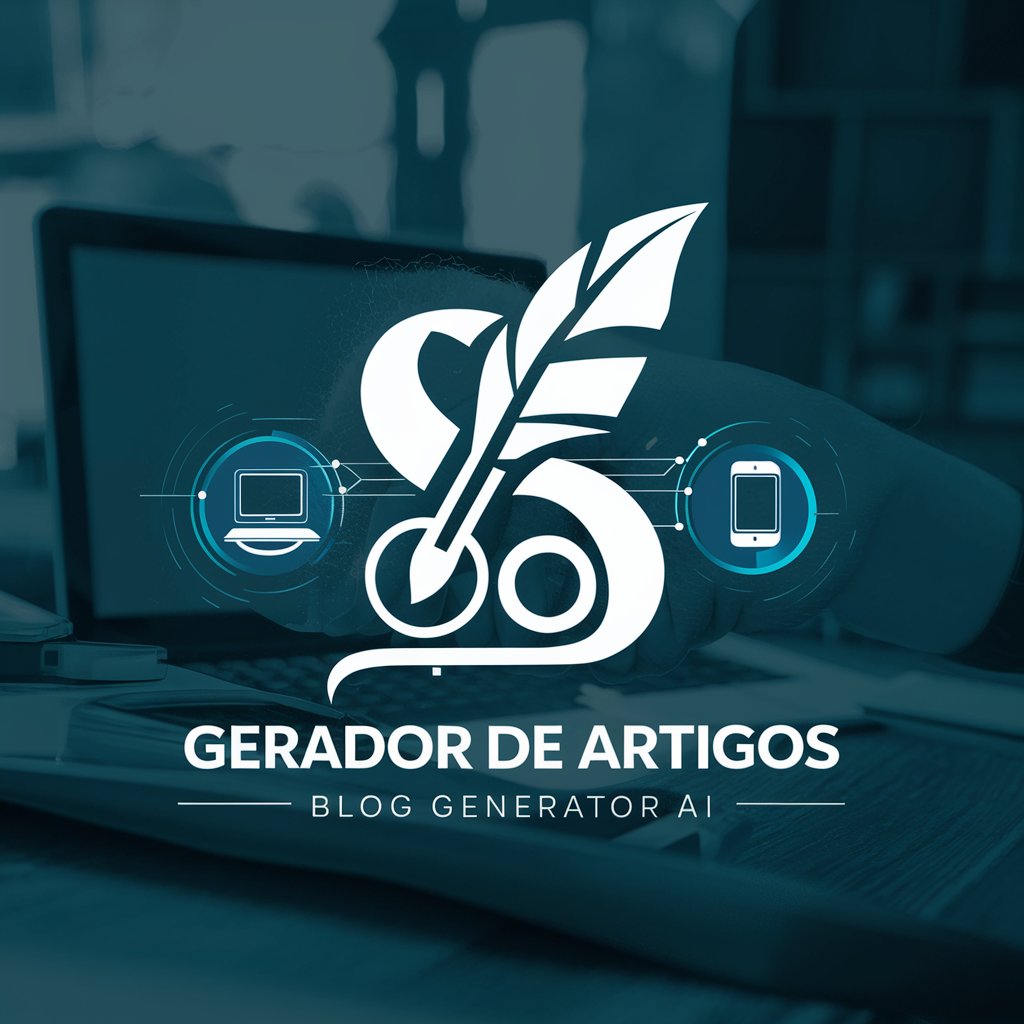
Value Sage
Empowering Your Investment Journey with AI

Araç Fiyat Uzmanı
AI-Powered Vehicle Market Insights
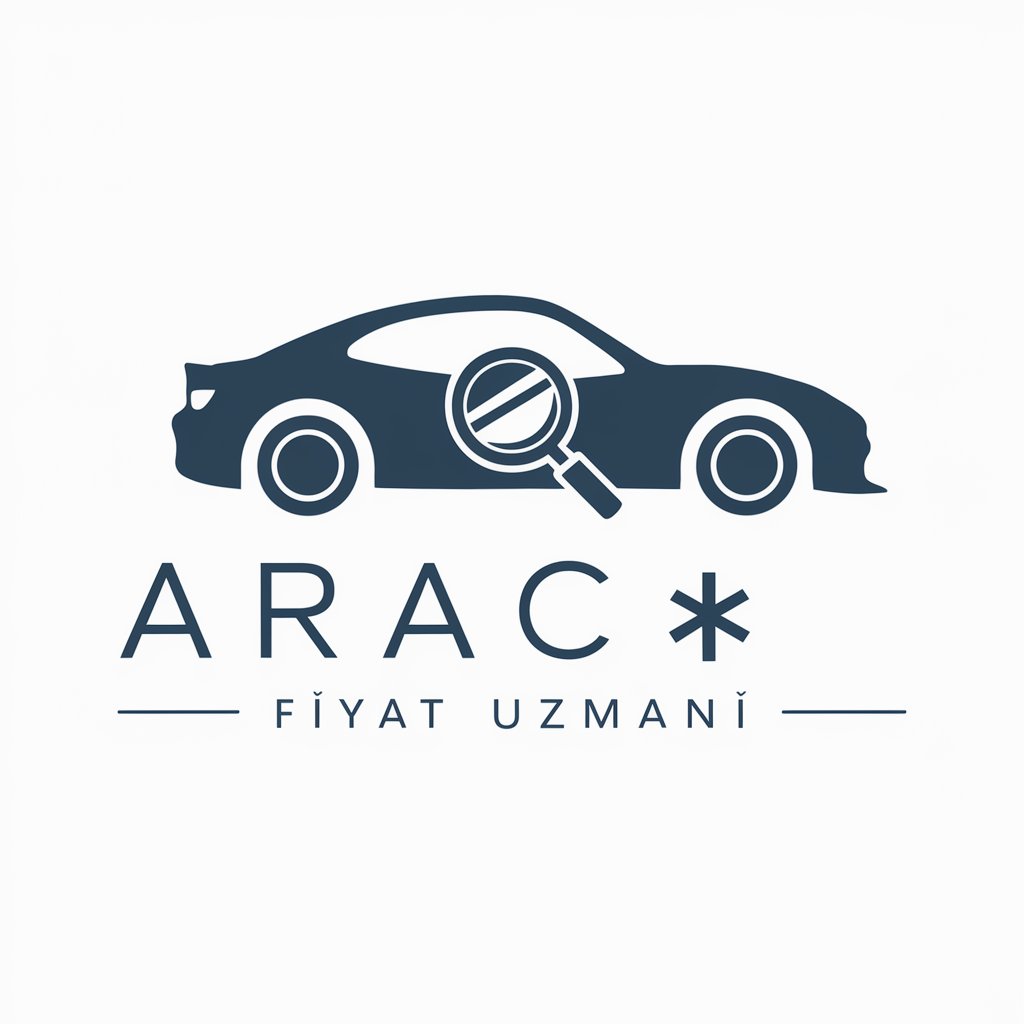
デイリー株式市場インサイト
Empowering investments with AI-driven market insights

Frequently Asked Questions about Worksheet Ideas
Can Worksheet Ideas accommodate students with learning differences?
Yes, Worksheet Ideas is designed with inclusivity at its core, offering features that cater to students with Autism Spectrum Disorder, ADHD, dyslexia, dyspraxia, and more. This includes sensory-friendly designs and clear instructions to support diverse learning needs.
Is it possible to create worksheets in languages other than English?
Absolutely. Worksheet Ideas supports multilingual content creation, enabling educators to produce worksheets in various languages to meet the needs of non-native English speakers or language learning classes.
How can Worksheet Ideas help integrate technology into learning?
Worksheet Ideas facilitates the integration of technology by supporting interactive elements and digital resources, such as QR codes linking to online materials, videos, or interactive quizzes, enhancing the learning experience.
Can I use Worksheet Ideas for subjects outside of traditional academia?
Yes, Worksheet Ideas is versatile enough to support a wide range of subjects including life skills, art, and vocational training, providing a comprehensive tool for educational development across various domains.
How does Worksheet Ideas support gifted learners or those needing extra help?
Worksheet Ideas includes differentiated activity options to challenge gifted learners and support those who require additional help. This enables educators to tailor content to the specific abilities and learning speeds of their students, ensuring an inclusive learning environment.
